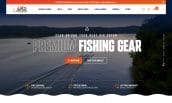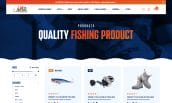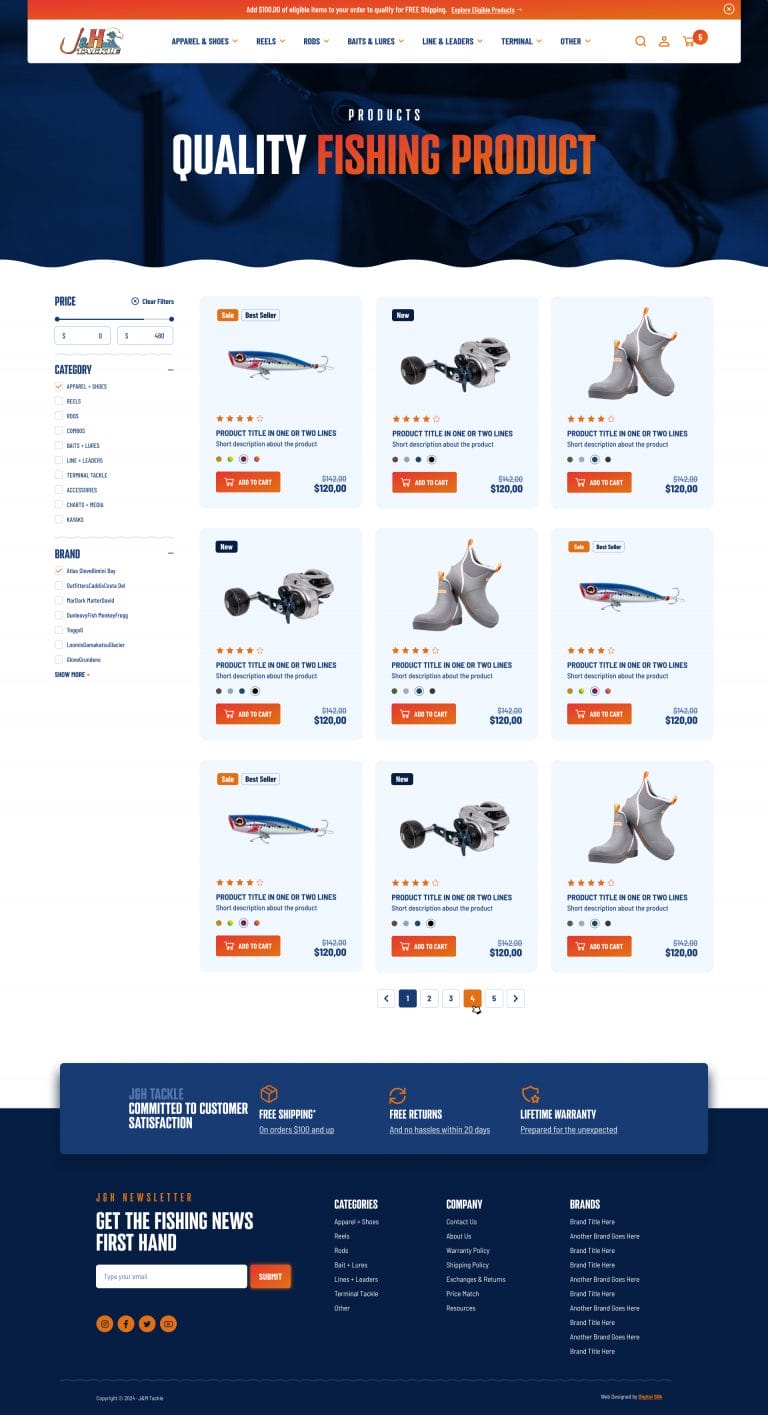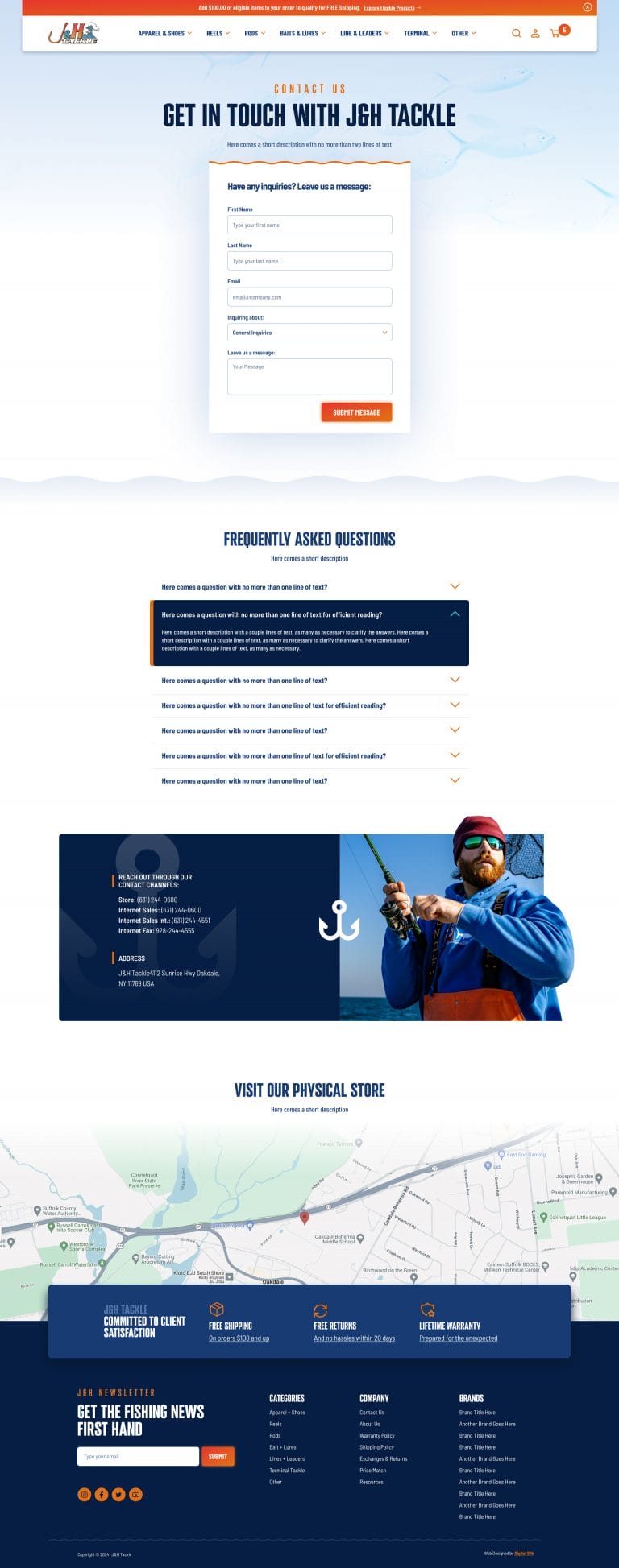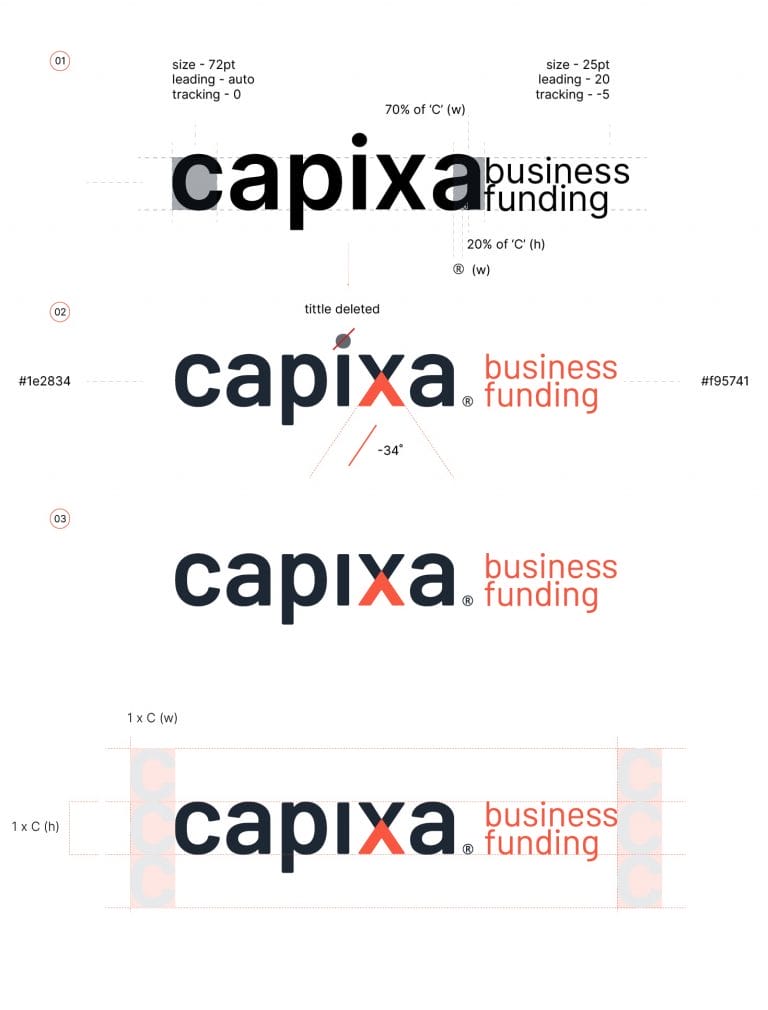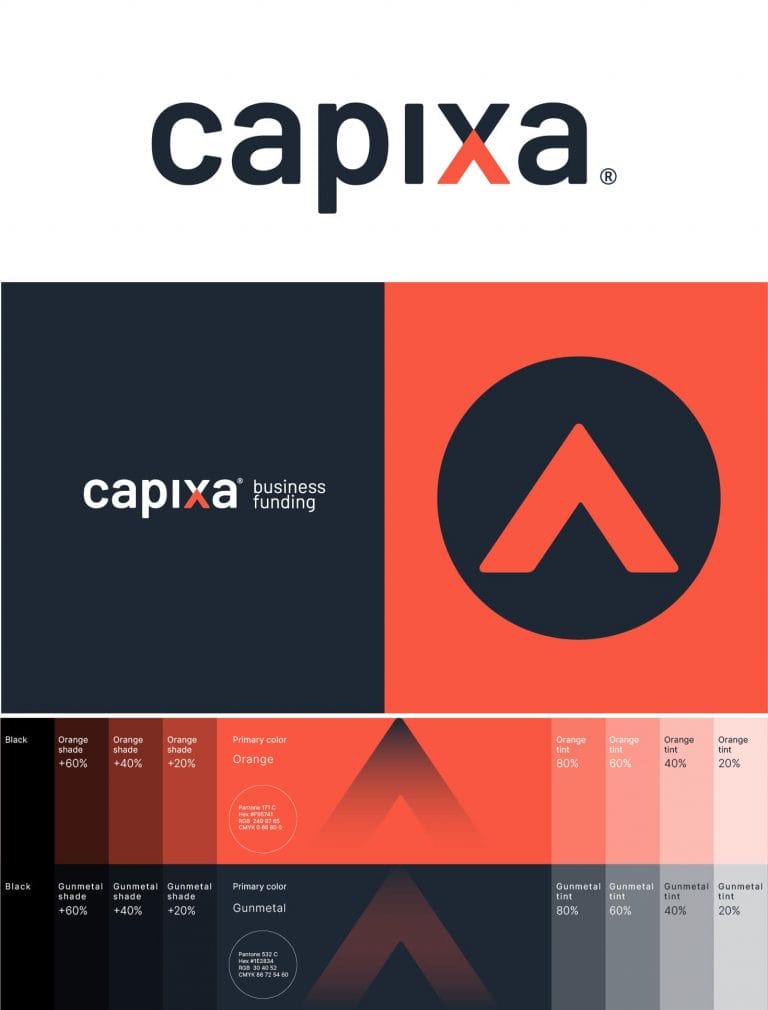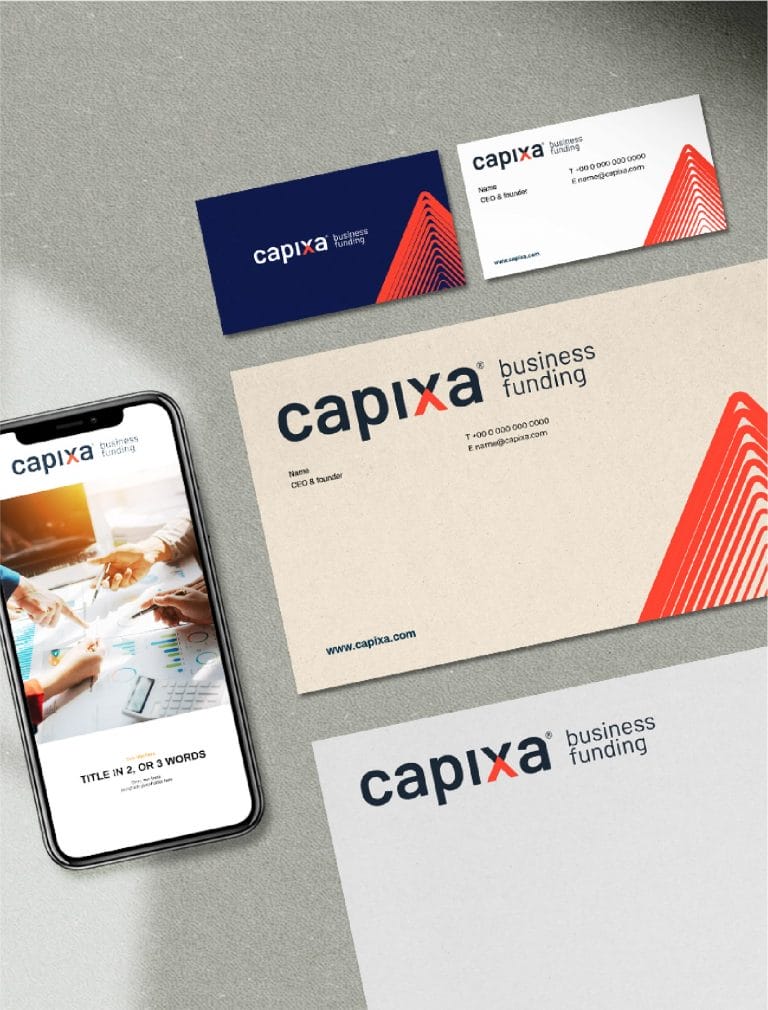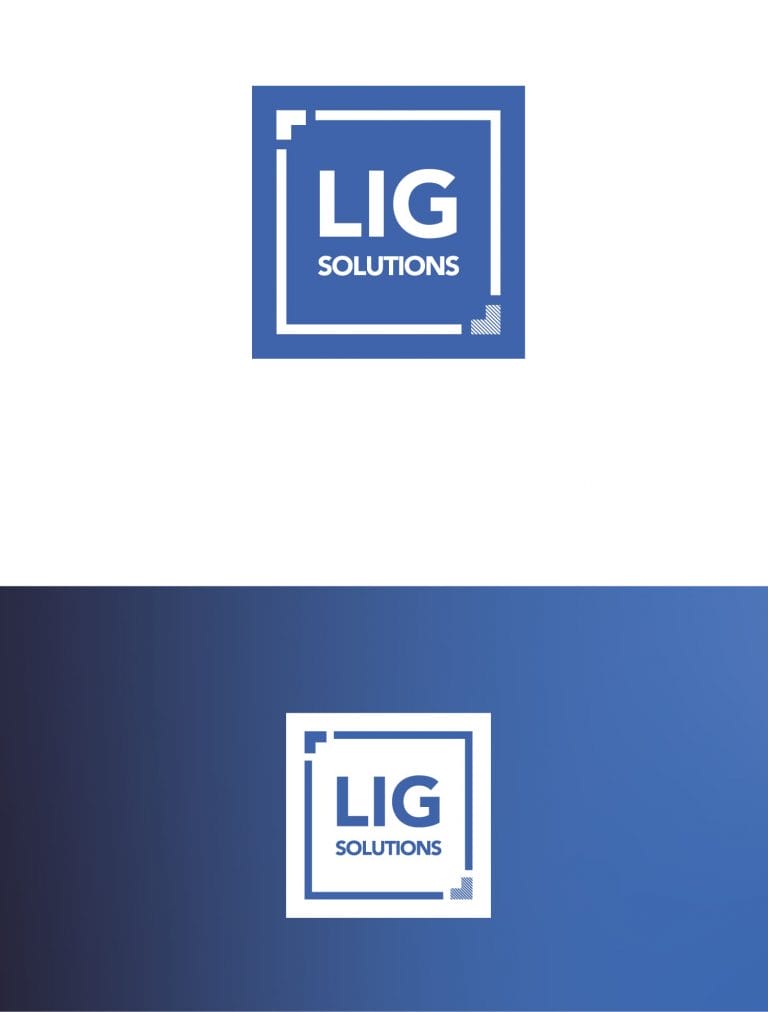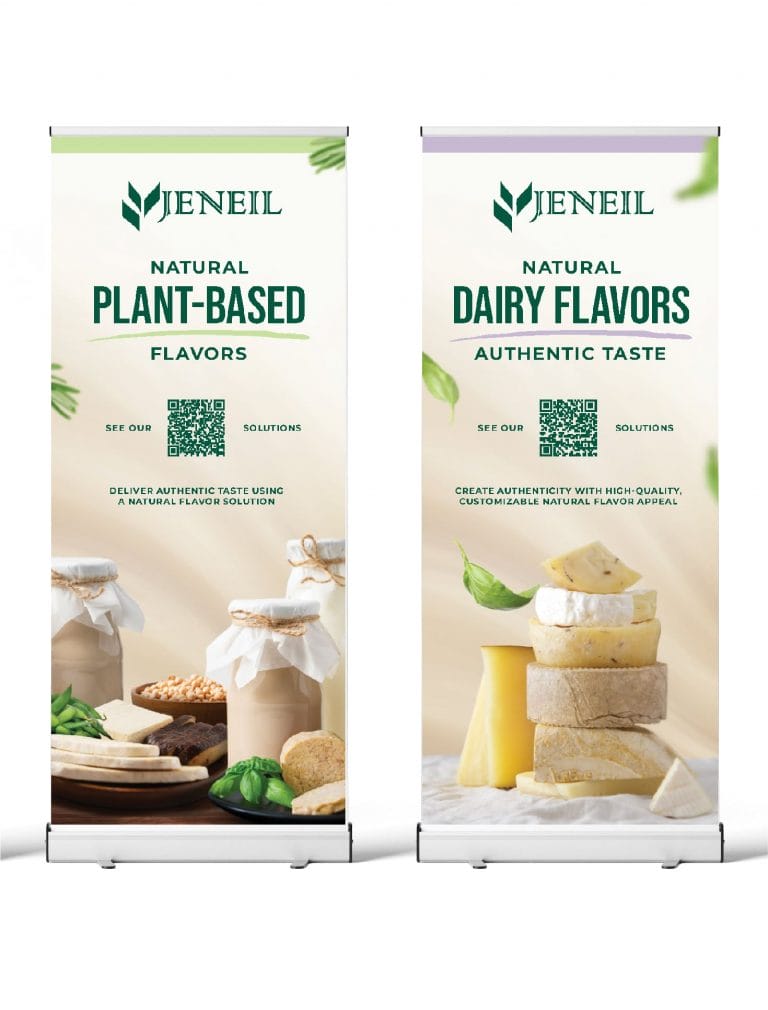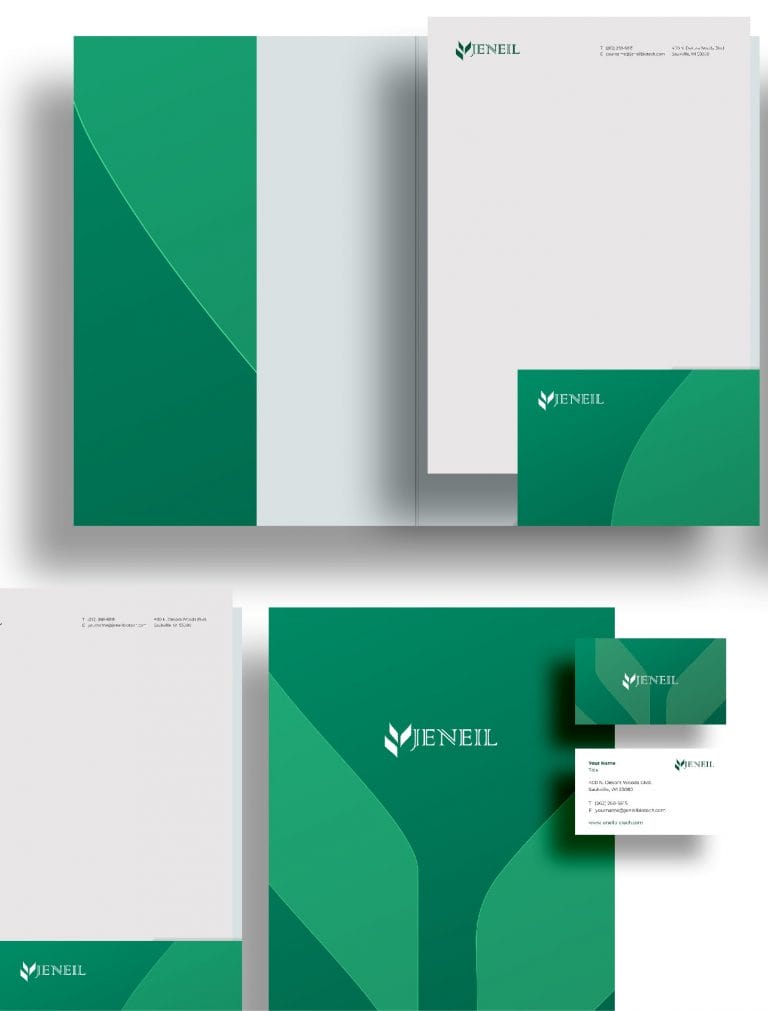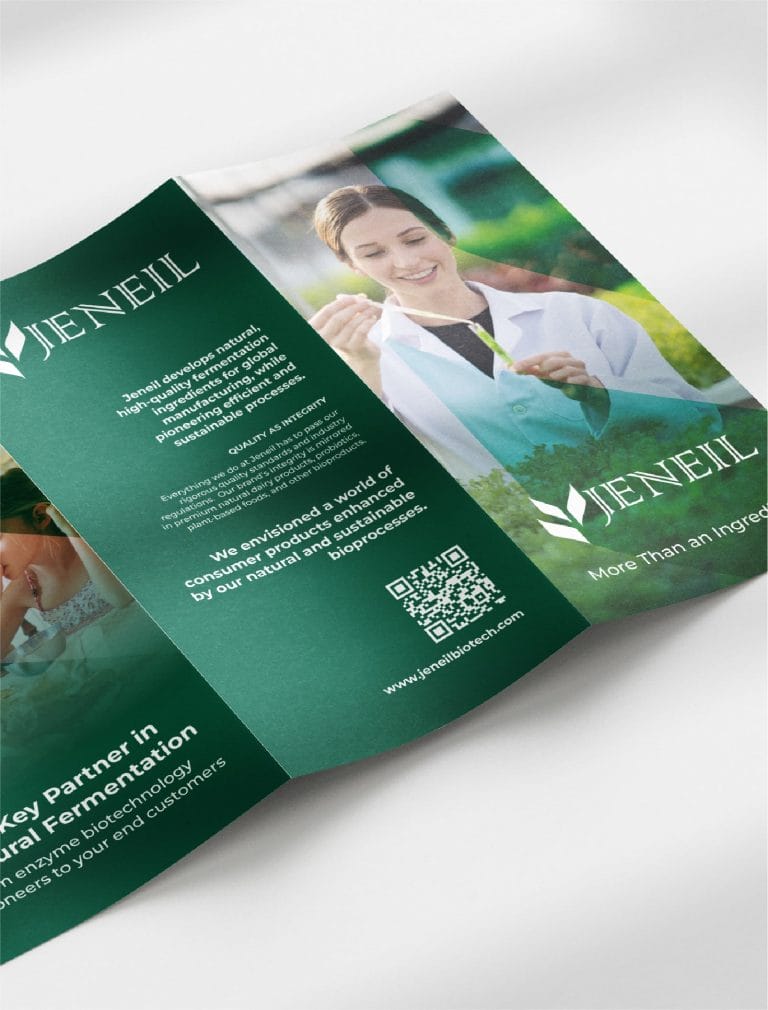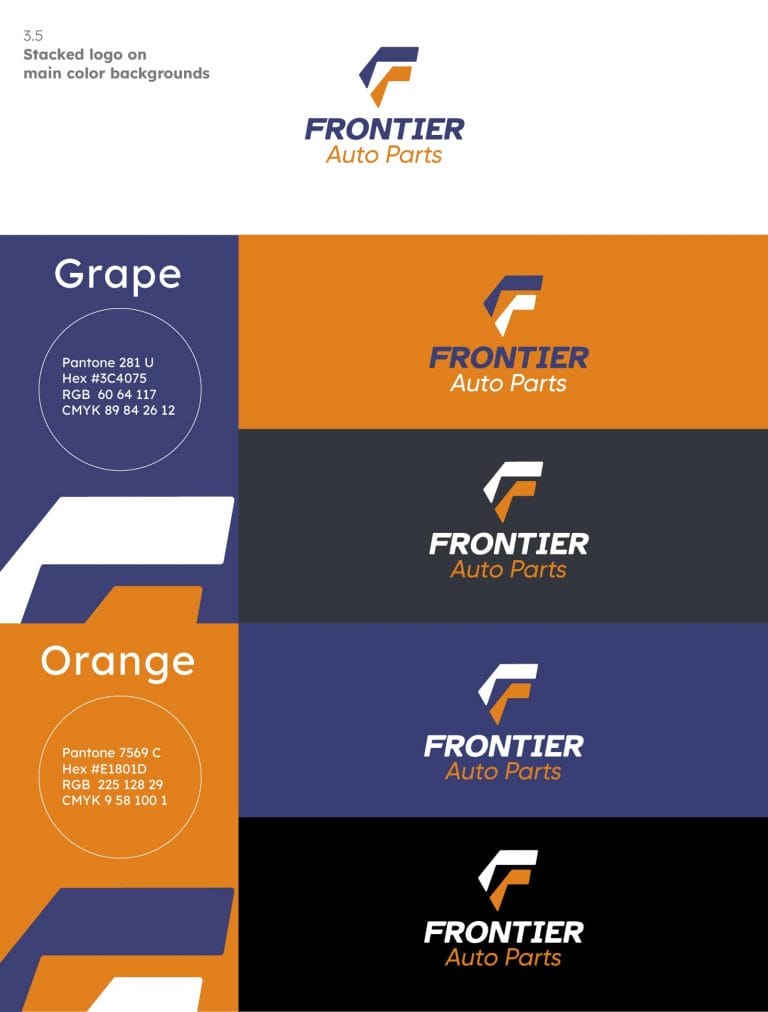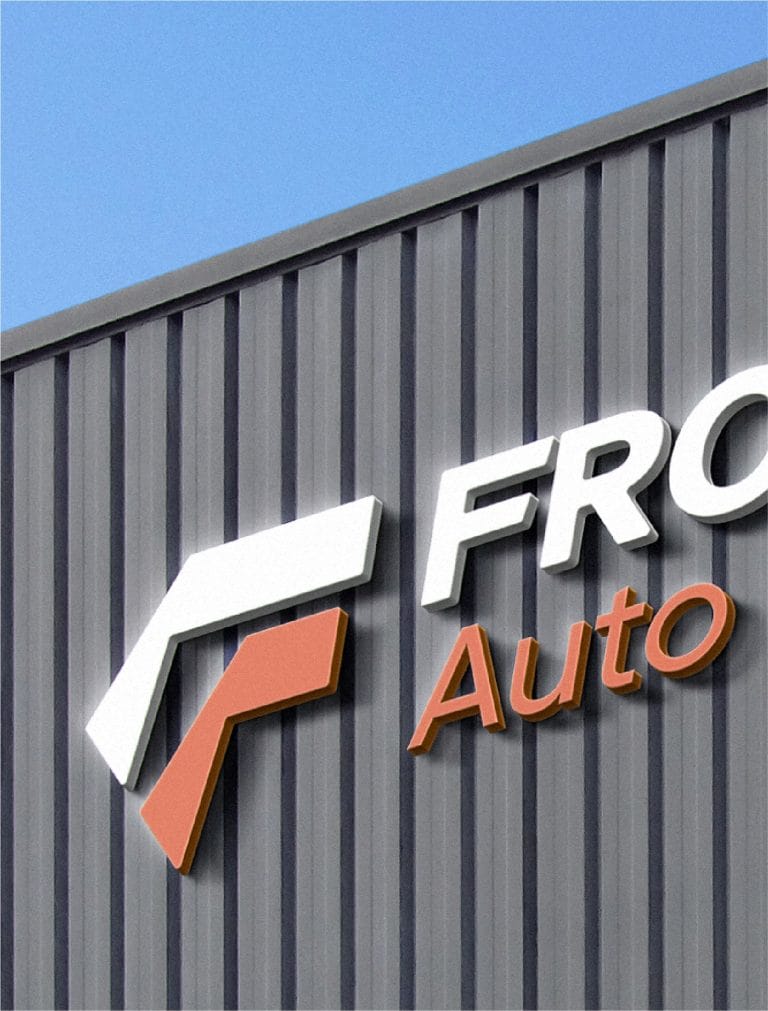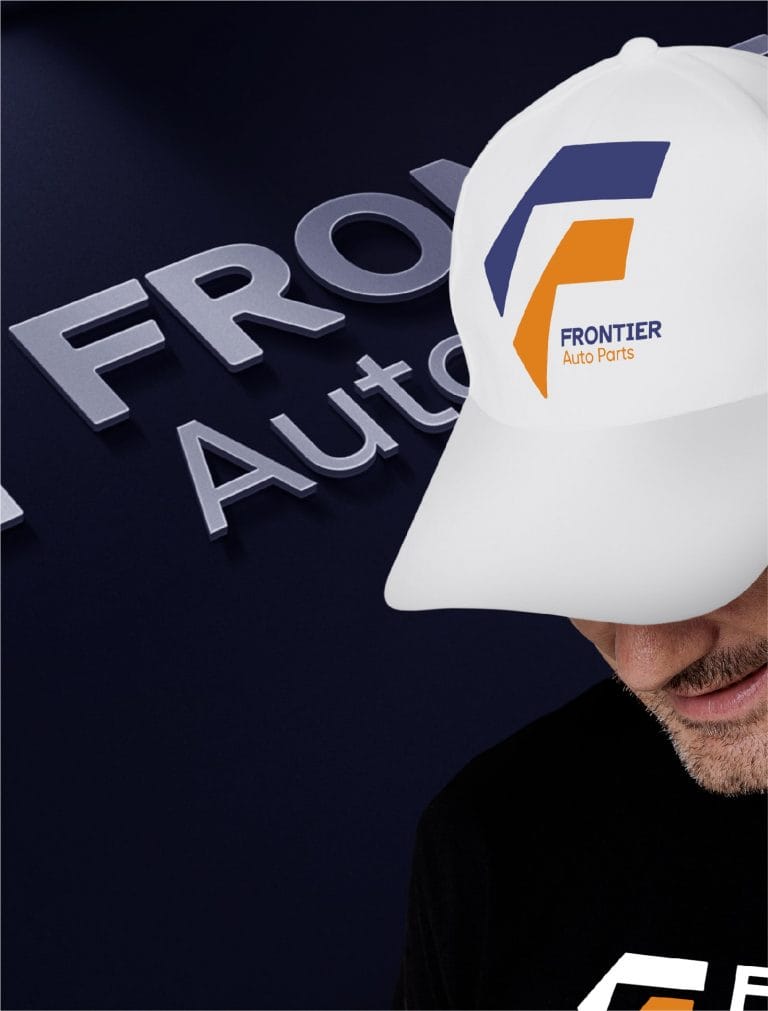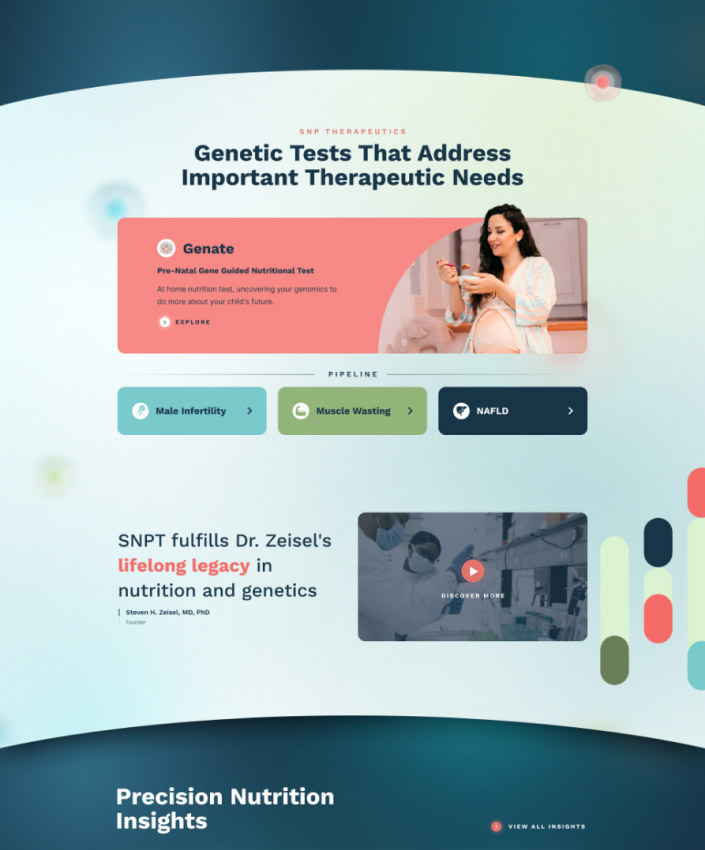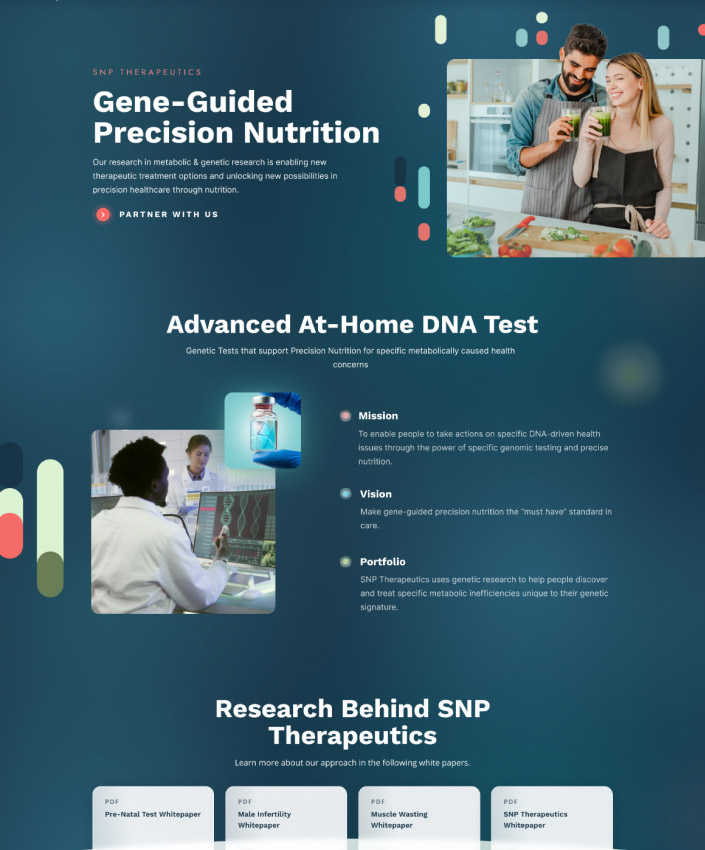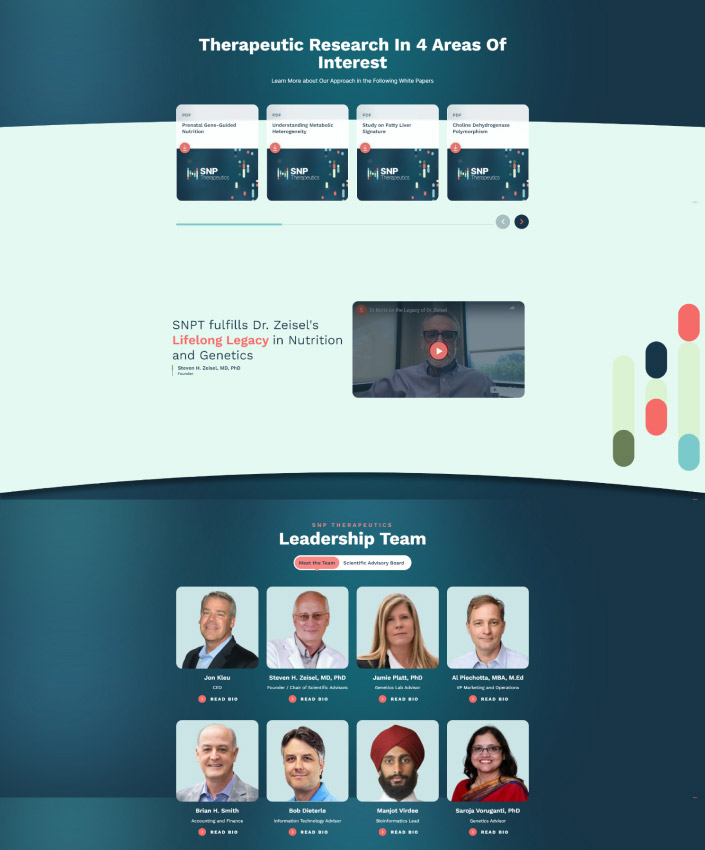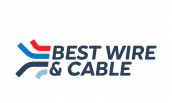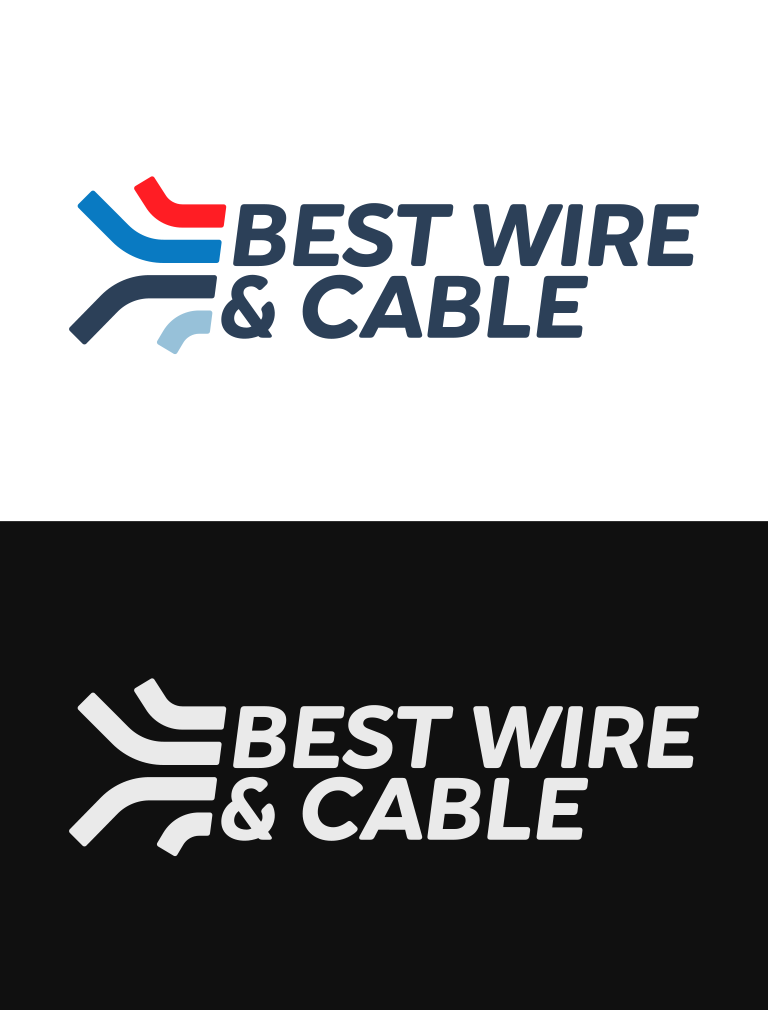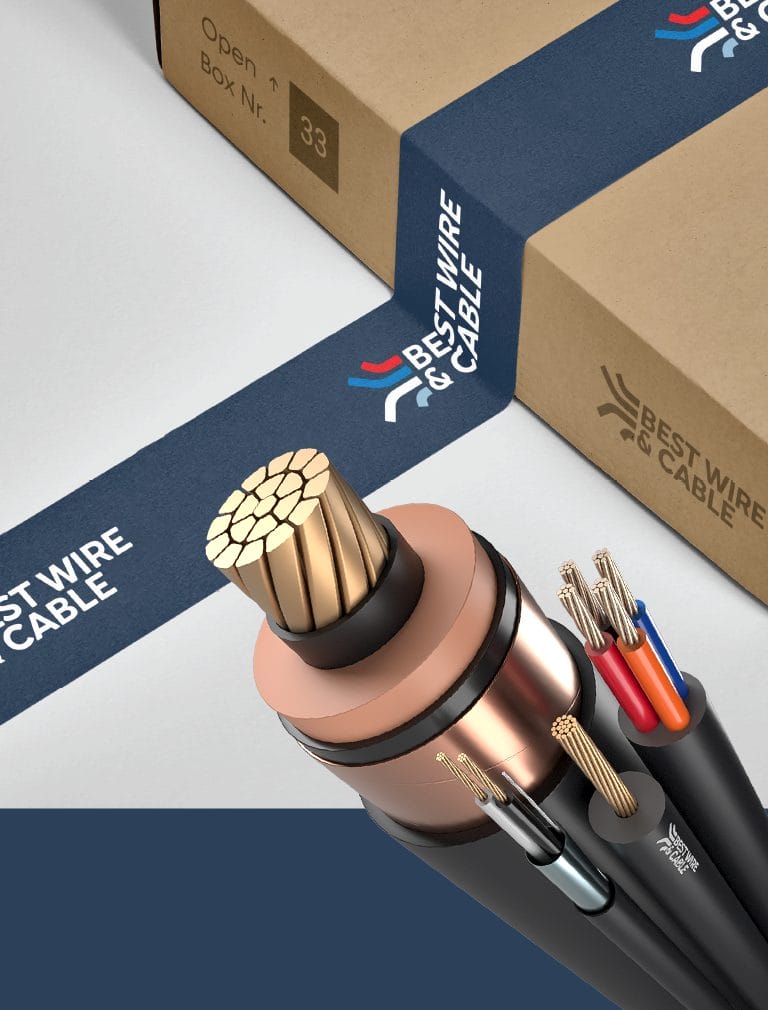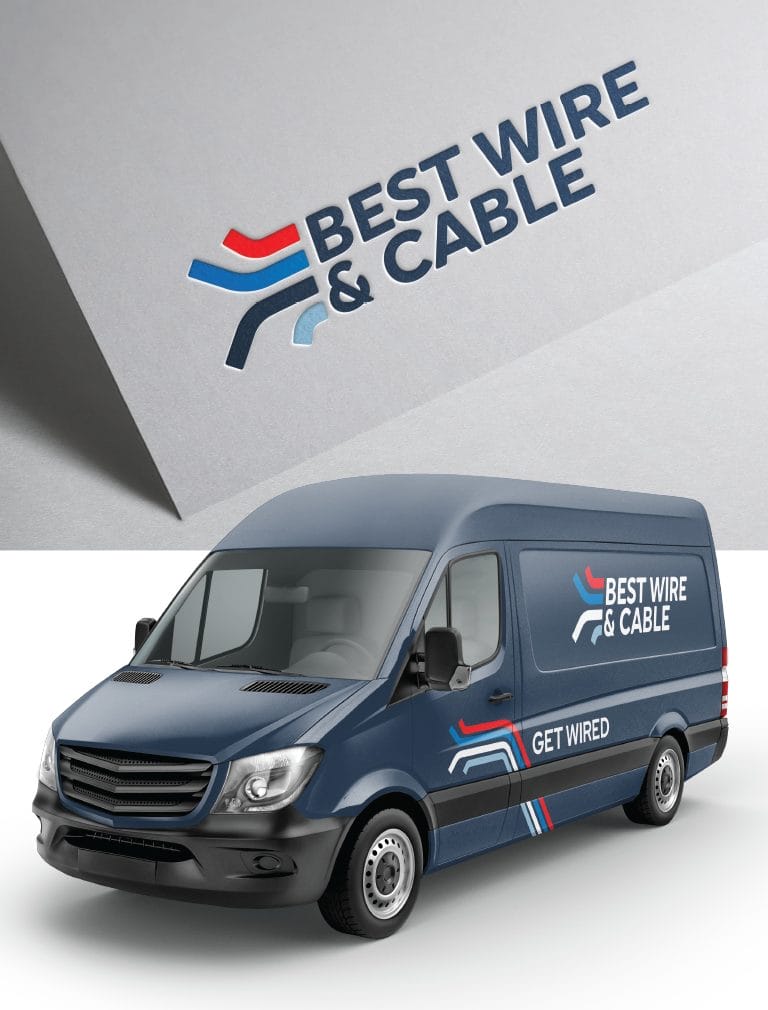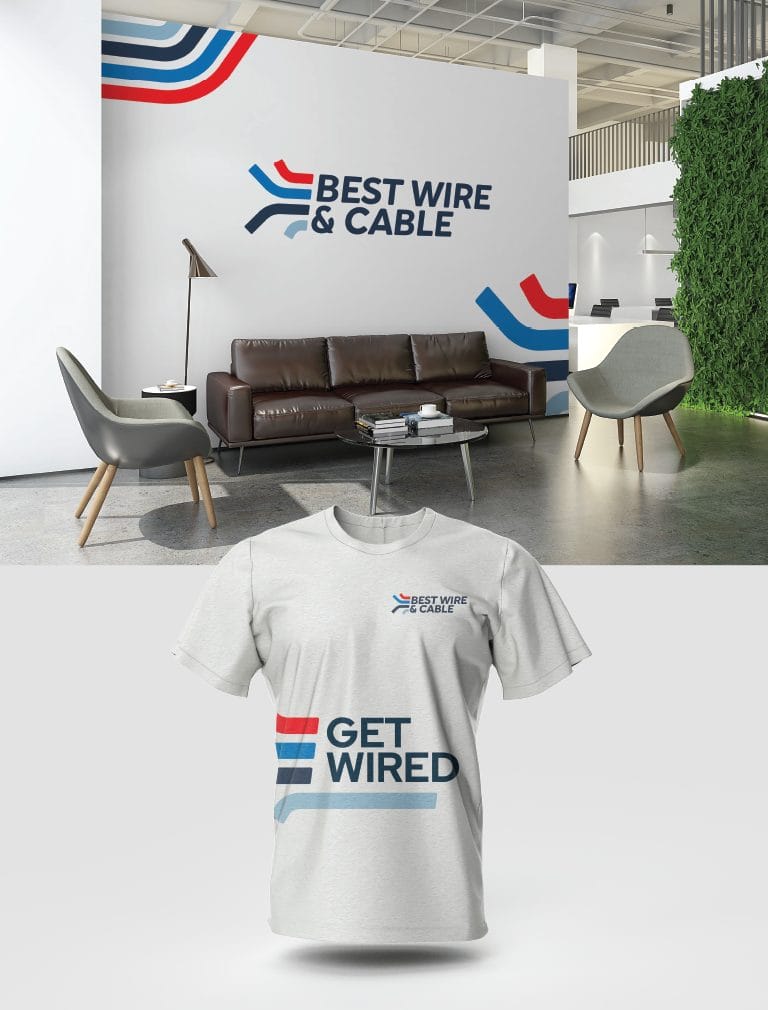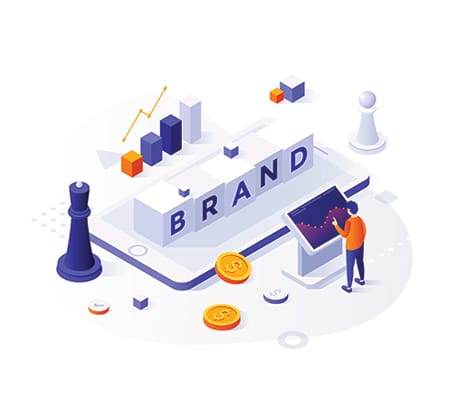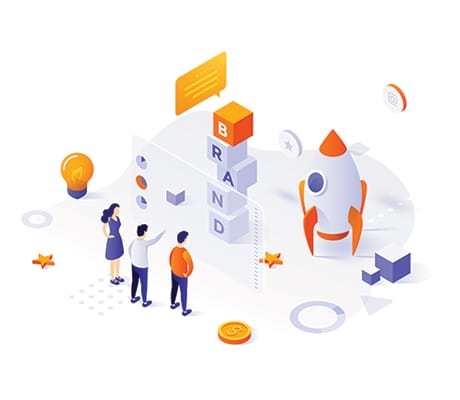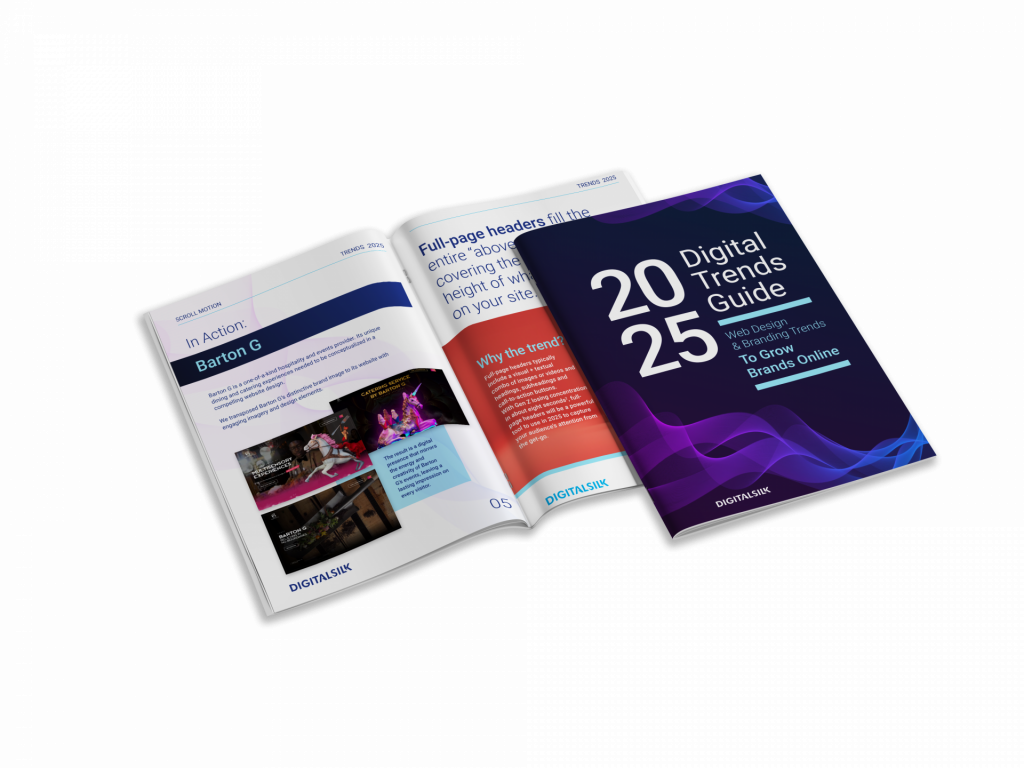Our Insights
The Importance Of B2B Branding
B2C businesses aim to create consistent touchpoints with customers through physical packaging, logos, illustrations and animations.
But what about B2B businesses?
To attract and retain clients for your B2B services, it’s vital for your branding to showcase your brand personality, values and UVPs.
Below, we discuss why branding is important for B2B firms and the best practices you can use for your branding project.
Picture yourself in a busy supermarket, scanning the shelves.
Something catches your eye, and you make your choice based on attractive packaging and brand recognition.
B2C businesses aim to create consistent touchpoints with customers through physical packaging, logos, illustrations and animations.
These touchpoints influence spontaneous purchases.
But what about B2B businesses?
To attract and retain clients for your B2B services, it’s vital for your branding to showcase your brand personality, values and UVPs.
Below, we discuss why branding is important for B2B firms and the best practices you can use for your branding project.
What Is B2B Branding?
B2B branding is the process of creating a brand perception and relationship with a second business acting as the consumer.
It differs from B2C branding due to higher levels of direct interaction with the consumer, as well as the need to often promote a wider solution instead of a basic product or service.
Why Is B2B Branding Important?
B2B branding is often overlooked.
Almost one in four B2B businesses in the United States allocate 1% or less of their budgets to marketing.
By underfunding B2B branding strategies, such as marketing, your business can miss out on countless opportunities, including:
1. Building Trust
7 out of 10 consumers will purchase more from a brand they trust.
Branding ensures consistency in delivering your brand promise across touchpoints. This includes your logo and visual identity as well as your core values and statement.
It helps you build a reputation as a trustworthy brand.
The outcomes are that consumers are more likely to refer your brand to others.
2. Achieving Differentiation
What are your brand’s core values and unique value propositions (UVPs)?
Does your target audience know these?
Branding solutions, such as brand messaging and positioning, can highlight your brand identity to potential buyers.
This is especially important when dealing with businesses that will analyze your brand’s values and working relationships before buying into your products and services.
3. Creating Loyalty
Loyal customers are key drivers in repeat sales.
They also create opportunities for brand awareness and word-of-mouth promotions.
In fact, 86% of loyal customers will recommend a brand’s products or services.
The same goes for companies dealing with other companies.
By utilizing branding project plans to foster brand loyalty, your business can simultaneously drive sales and visibility.
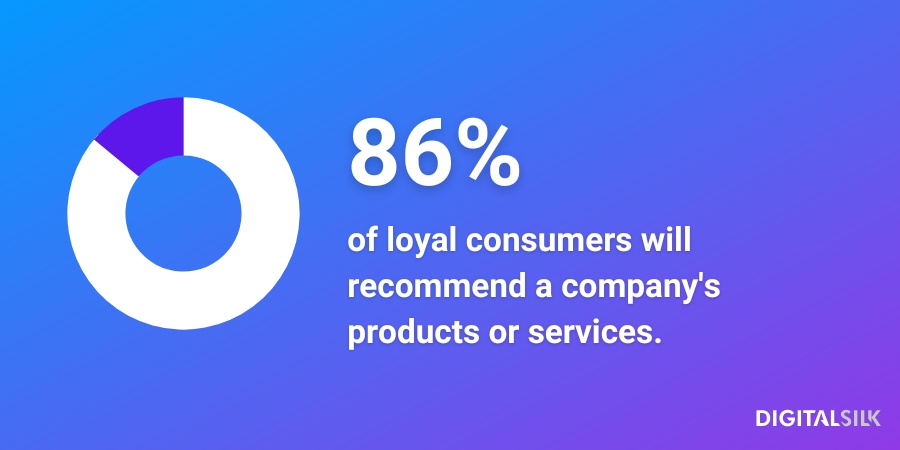
4. Lowering Price Sensitivity
Imagine your business needs monthly bookkeeping services, but the cost-of-living crisis has caused an industry-wide price jump.
You are more likely to choose a trusted brand to deliver the highest value for money.
Why? This is an outcome of building a positive brand reputation through a professional visual identity, connective messaging and recognizable identity.
5. Attracting & Retaining Employee Talent
Roughly 3.8 million people left their jobs across the U.S. in April 2023.
Employer branding is vital for B2B businesses if they want to retain top talent during periods of labor uncertainty.
By creating an authentic, transparent brand, your business can also attract talent that connects with your brand identity and acts as trustworthy promoters of your company’s values.
Benefits Of Working With A Branding Agency
Having understood the importance of B2B branding, let’s dive into the benefits of partnering with a branding agency to deliver your strategy.
When working with a full-service web design agency like Digital Silk, you will receive:
- Knowledge from a team of senior-level digital specialists
- Access to an impressive portfolio in B2B branding
- Complete transparency, efficient time-tracking and open communication
- Comprehensive analysis to provide you with valuable insights about your brand, industry, target audience and competitors
- Data-driven tactics and best practices to improve your reach
7 B2B Branding Best Practices You Need To Follow
There are a number of best practices all B2B businesses should follow along their branding journey.
1. Identify Your Audience
Understanding your audience is the first step in shaping your brand strategy.
Delve deep into consumer analysis to find a subset of businesses that will best connect with your brand.
2. Research Your Competitors
Competitor research can help you to understand consumer pain points and opportunities for your brand.
Discover what your rivals are missing and how your branding strategy can fill that gap.
3. Define Your Brand’s Purpose & Position
Having looked outwards, now is the time for self-reflection.
Defining your brand’s UVPs and goals will help you position yourself within your market.
4. Develop A Brand Voice
Businesses want authenticity and authority.
Developing a strong brand voice will harness B2B relationships while promoting your brand as go-to for your pre-defined purpose.
5. Create A Brand Story
A comprehensive, consistent narrative will harness trust and loyalty in your brand.
By evoking an emotional reaction from the businesses you hope to work with, you are selling more than just your products and services—you are selling your brand.
6. Build A Visual Identity
Is your B2B brand modern or minimalist? Creative or corporate?
By using a consistent visual identity across multiple channels, you can build brand recognition with each additional consumer touchpoint.
7. Utilize Storytelling
Why should a business choose to collaborate with you when there are so many other options?
Using storytelling in your brand messaging, tone-of-voice and marketing content can build a bridge between you and your target audience by inviting them to peek behind the curtain of your values and story.
B2B Branding Examples From Global Businesses
What do B2B branding campaigns actually look like when put into practice? Here are three well known examples:
1. Microsoft
As a global entity, Microsoft faces the challenge of seeming faceless and removed.
To tackle this, they created the Microsoft Story Labs initiative.
The platform highlighted both individual stories, as well as wider insights into the workings of the company itself.
Microsoft used storytelling, authenticity and transparency to promote their brand values and identity.
[Source: Microsoft via YouTube]
2. Google
Google often uses storytelling techniques to show off its success stories, hitting two birds with one stone.
Take the video below, for example.
Google highlights local businesses that have benefited from the Google Ads solutions in an emotive way.
This results in other businesses both connecting with Google’s brand story and putting their trust and credibility into Google’s services.
[Source: Google via YouTube]
3. Mailchimp
B2B branding doesn’t have to be boring.
Take Mailchimp. They use creative visual elements and success stories to nail social media marketing.
They also use their social media platforms to give both potential employees and businesses insights into what it’s like to work at, or buy from, Mailchimp.
Schedule A Consultation With Our B2B Branding Agency
At Digital Silk we offer a free consultation & custom proposals for custom website design projects. Simply fill out the Request a Quote form, tell us about your goals and our experts will provide you with actionable insights and cost estimates.
Or, call us at (800) 206-9413 to start the conversation.



























